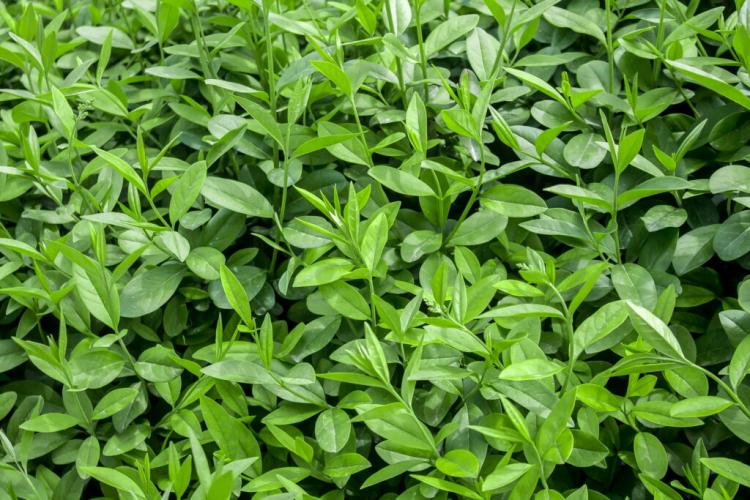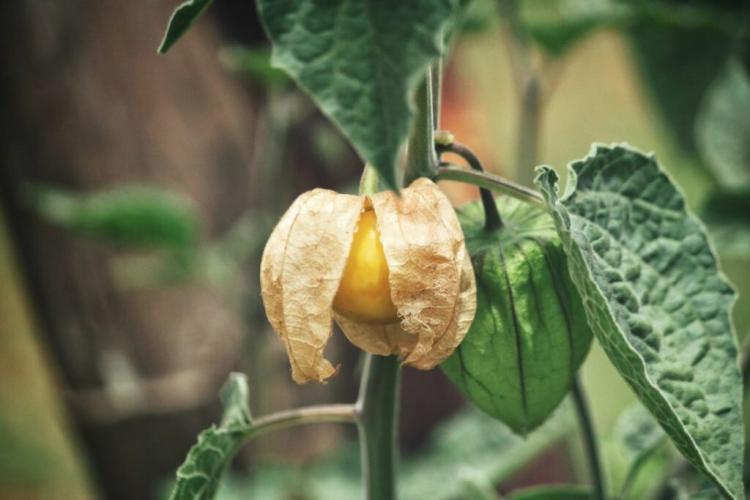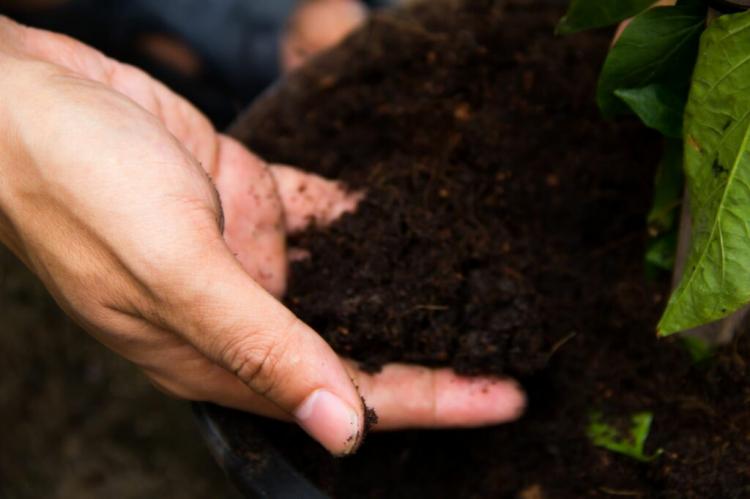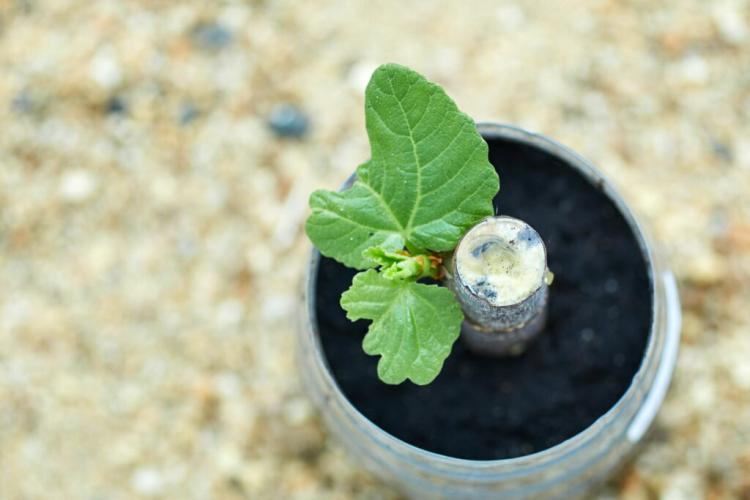Climbing Hydrangea Pruning: Tips In Timing And Pruning
Pruning climbing hydrangeas is important: you can use our expert tips to promote new flowers and rid the hydrangea of old shoots. The climbing hydrangea ( Hydrangea petiolaris ) is a true climber. In old age, it can reach heights of 15 meters and grow up to 5 meters in width. In order not to get out of shape, sometimes only the pruning shears can help. But pruning measures are also required for lush flowers and the good health of the climbing plant. The best way to do this can be found in this article.
Why should you cut the climbing hydrangea?
Since the climbing hydrangea grows slowly in the first few years and does not develop any flowers by the fifth to the eighth year of standing, it does not have to be cut regularly during this period. Only in old age can she climb up to one meter per year if the site conditions are good, which can lead to the climbing beauty getting out of shape or bearing too much weight on one side.
Then you should cut your climbing hydrangea, but also weak and overly dense shoots, deadwood, and dried-up flowers are good reasons for which the use of secateurs is worthwhile. In this way, you can create space in the flowering shrub and free the plant of unnecessary ballast. This is important because an airy shrub creates a drier microclimate that makes mushrooms feel less comfortable and thus reduces the risk of fungal diseases. Removing dead wood also reduces the risk of fungus, as otherwise, the spores can find a good place in the wood to survive. Cutting away the unnecessary ballast protects the plant from falling over and prevents unintentional shoots from breaking off.
If the abundant bloom subsides over the years, a so-called rejuvenation cut can also be carried out on the climbing hydrangea. The main shoots are radically shortened, as a result of which the flowering shrub has to sprout again and sleeping eyes wake up again. Sleeping eyes are buds that were created in earlier years, in the then young shoot, and are now stimulated to develop through the pruning.
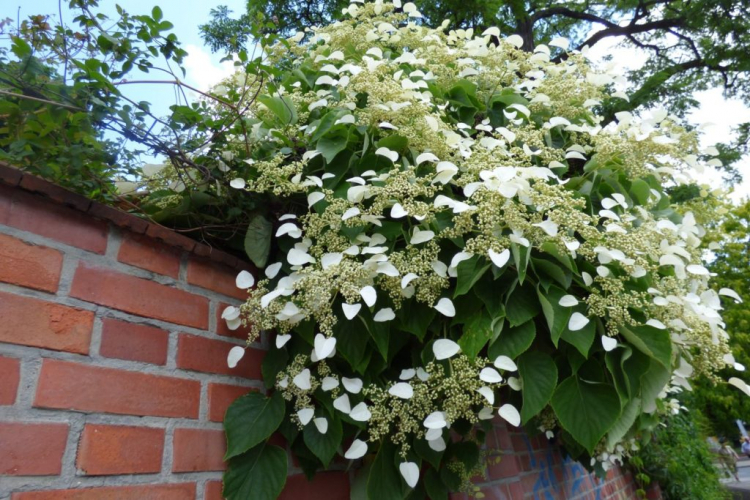
Why should you cut the climbing hydrangea at a glance:
- When the climbing hydrangea grows quickly with age
- To remove dead wood and shoots that are too close together
- To make a rejuvenation cut and encourage new blooms
You might so like: Trimming Privet Hedges: Professional Tips For The Perfect Cut
When should the climbing hydrangea be cut?
The climbing hydrangea blooms on the wood of the previous year. This means that in autumn after flowering, she will lay out the flowering system for the next year. The distinction between whether a shrub sets up the flowering system in the same year or already in the previous year is very important because the time of the cut depends on it. It is best to cut back the climbing hydrangea immediately after it has flowered, i.e. before the new flowering system. This prevents the buds that have already been created from being cut away and the blooming pleasure from failing in the following months.
But you can also use secateurs in spring. The so-called requirement cut can be carried out from February to March. Everything that disturbs and robs the plant of unnecessary energy can be removed. These include dead wood, dried-up flowers, and weak or disruptive shoots. The rejuvenation cut can also be made in spring. This cut is more radical and is therefore only carried out every four to five years – or when the blossoms gradually decrease or the climbing plant grows over your head.
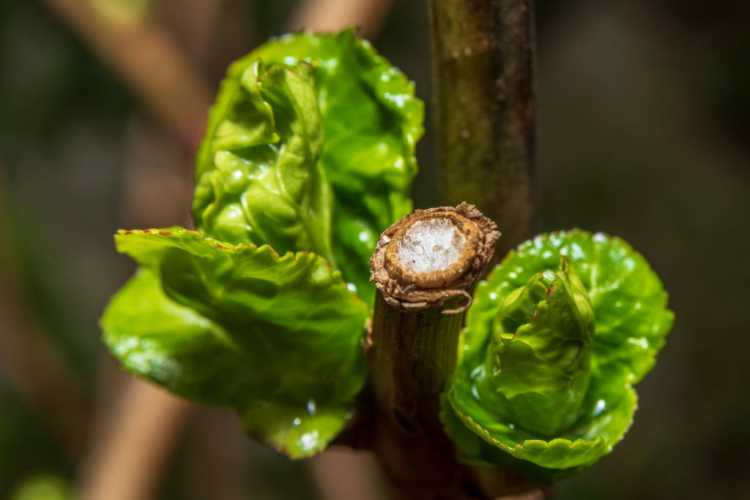
Instructions: how much do you cut off climbing hydrangeas?
You will need sharp secateurs to cut back. With this, after the climbing hydrangea has bloomed, the old inflorescences are removed and the shoots cut off directly above the first pair of buds. Make sure that the cut edges are clean so that the plant can heal better. Deadwood or disruptive shoots can be cut off just above their point of origin when pruning in spring.
You might so like: How To Prune Roses: When Are They Pruned?
If a rejuvenation cut is necessary, the main branches are cut back to a length of up to 2.5 meters in spring. If the branches are a bit thicker, you can use pruning shears or a saw. Be careful, however, not to cut back all the branches radically at once, otherwise, there will be no flowering in the next year. Instead, you can only prune a few branches over a few years but prune them heavily.

